- Once the China-Myanmar Railway is completed, it will become an international channel connecting China to Southeast Asia and South Asia.
- The construction of the China-Myanmar Railway will play a positive role in promoting economic and trade cooperation and friendly exchanges between ASEAN countries, especially Myanmar, and western China.
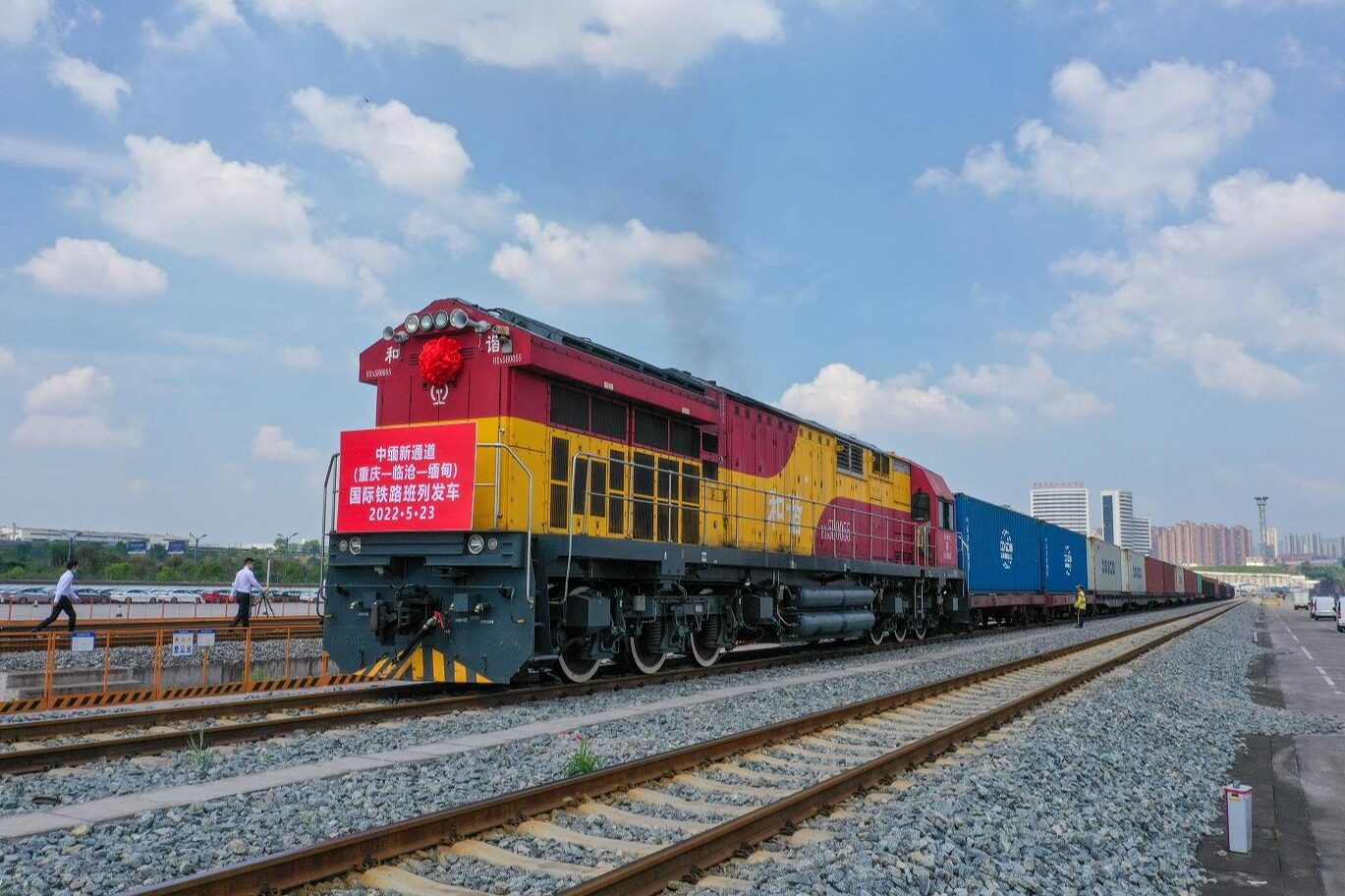
The current connection between Southwest China and Southeast Asia is mainly through the Kunming-Manchurian Highway and the China-Myanmar Railway. Moreover, the railway from Mandalay to Yangon in Myanmar can no longer meet the needs of Myanmar's economic development. From the perspective of geographical layout, Myanmar has a coastline of about 3,200 kilometers, and most of the coastal areas are good ports. However, due to the rugged terrain and complex terrain, there is no seaport for the construction of ports, so it has not been able to develop large-scale industries. With a population of about 50 million, it can be said that the labor force is very rich. However, due to the low quality of its labor force and the lack of a stable investment environment and corresponding supporting facilities in the country, its economic development has been slow in recent years. In terms of infrastructure, Myanmar lacks infrastructure such as large ports and highways. In terms of railways, there is only one railway line from Yangon to Mandalay between Myanmar and China, and it is in disrepair. Therefore, the new railway project from Kunming-Muse-Kyaukpyu in China will thoroughly optimize the transportation layout of Myanmar. Combining elements such as railways, seaports, and industrial parks will completely open the door to the China-Myanmar Economic Corridor.
China-Myanmar Economic Corridor
In order to realize the effective docking of the China-Myanmar Economic Corridor and the Belt and Road Initiative, in May 2011, China and Myanmar reached a memorandum of understanding. It is planned to build a new channel for the China-Myanmar Railway. The China-Myanmar Railway starts from the Ruili East Station of the Dali-Ruili Railway under construction in China in the north, exits from Ruili Port in Yunnan, connects with Muse, Myanmar, extends southwest, and reaches Langley Island in the south to the planned Indian Ocean Kyaukpyu Port, a good deep-water port, has a total length of 810 kilometers. The railway runs basically parallel to the China-Myanmar oil and gas pipeline, which was previously known as the strategic corridor in Southwest China. The China-Myanmar natural gas pipeline was completed in October 2013. The planned Trans-Asian Railway runs through China, Myanmar, Laos, Vietnam, Thailand, Malaysia, and Singapore. It consists of three lines, of which the west line passes through Myanmar via Ruili, Yunnan.
China and Myanmar sign railway MOU
At that time, the China Railway Engineering Corporation and the Ministry of Railway Transport of Myanmar signed a memorandum of understanding on the China-Myanmar Railway, stipulating that the construction of the project must start within 3 years from the date of signing, with a planned investment of 20 billion U.S. dollars. The Chinese side is responsible for raising most of the construction funds and has 50 years of operation rights. . Li Changjin, chairman of China Railway Group, said after signing the project memorandum: "We will make preparations for the Muse-Mandalay-Kyaukpyu new railway project. The future investment of this railway may reach hundreds of billions of yuan." Myanmar The government immediately stated that it would give the project a certain period of franchise operation; the project will be negotiated, designed and invested by China Railway Engineering Corporation, and adopt Chinese technical standards, so the risk and cost will be controllable, the income will be effectively guaranteed, and the state will give enough policy support.
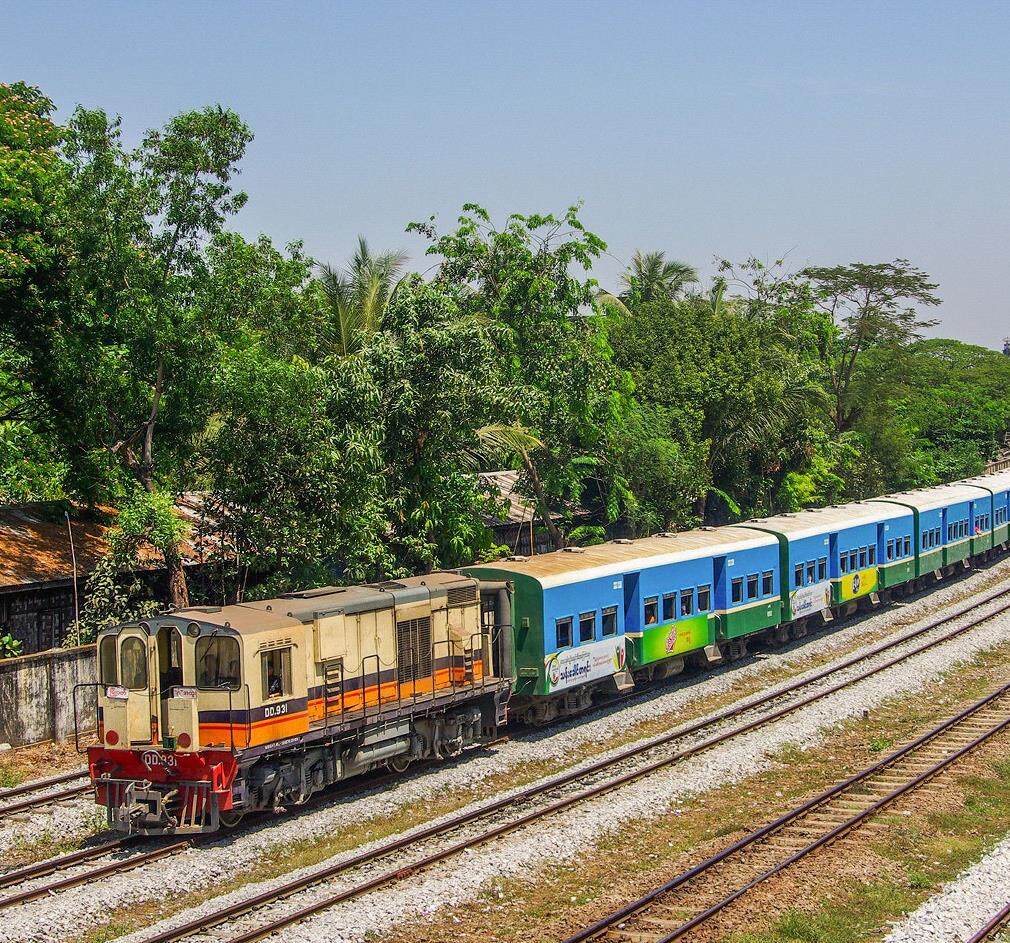
In June 2014, the construction of the China-Myanmar Railway was supposed to start, but on July 20, Myint Wa, an official from the Ministry of Railway Transport of Myanmar, announced to the outside world that the China-Myanmar Railway project had not yet entered the start-up phase, and the three-year deadline for the memorandum had expired. Citizens’ organizations opposed the project loudly. Burmese citizens’ organizations and residents of the areas where the railway passes have repeatedly protested to the Myanmar government, saying that the project will have a negative impact on the local area. Therefore, China and Myanmar decided to suspend the promotion of relevant projects.

The shelving of the project means that the western line of the Trans-Asian Railway will be completed in the foreseeable future. If the project is carried out smoothly, some import and export materials in China will no longer be restricted by the Strait of Malacca, and can directly enter and exit through Kyaukpyu Port. This is of great significance for in-depth promotion of China-Myanmar economic exchanges.
China-Myanmar International Railway Corridor
In early 2020, President Xi Jinping paid a historic visit to Myanmar, opening a new era of China-Myanmar relations. Over the past year, China and Myanmar have actively implemented the results of President Xi Jinping's visit to Myanmar, coordinated the promotion of anti-epidemic and practical cooperation, and achieved a series of gratifying progress. Five years later, the railway project finally made progress. On January 10, 2021, the signing ceremony of the memorandum of understanding on the feasibility study of the Myanmar Mandalay-Kyaukpyu Railway Project was held in Nay Pyi Taw. Chinese Ambassador to Myanmar Chen Hai, Economic and Commercial Counselor Tan Shufu of the embassy, Myanmar Transport and Communications Minister Than Hin Maung, Deputy Minister Kyaw Miao, and Permanent Secretary U U Khan attended the ceremony.
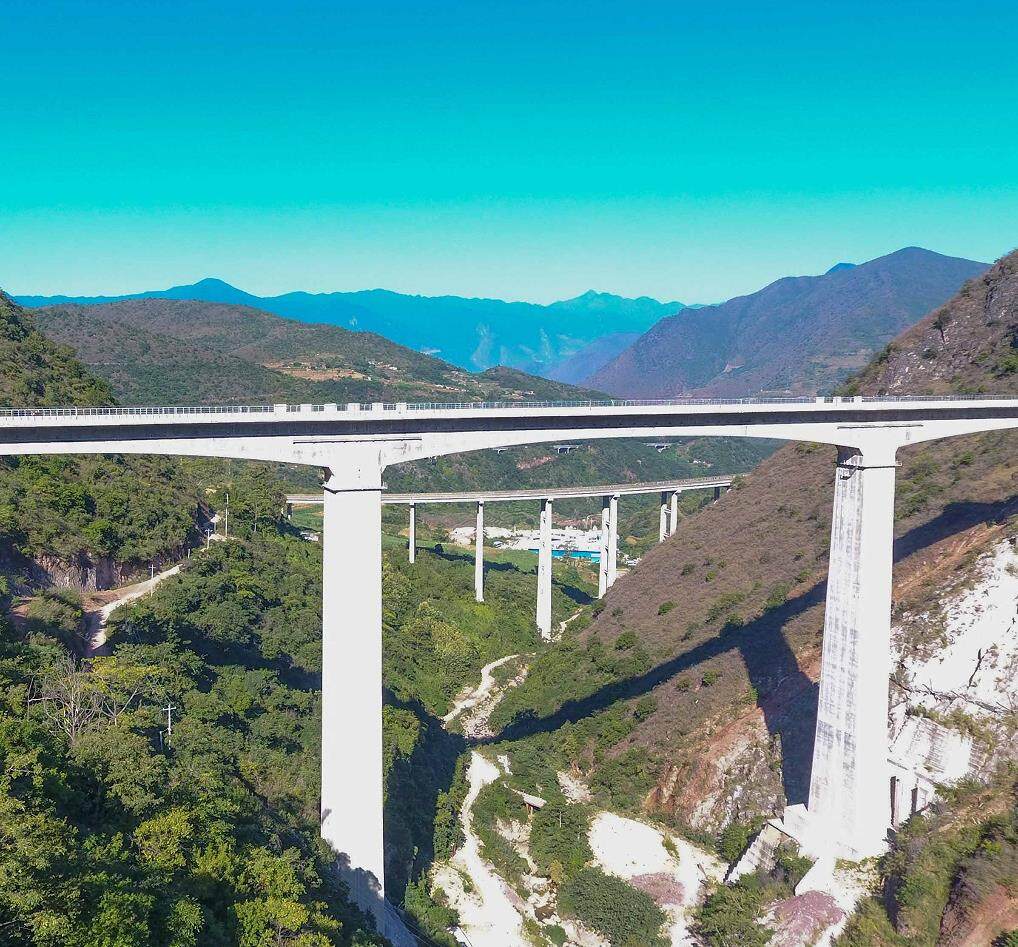
At the signing meeting, Ambassador Chen Hai said: "We have been committed to improving the feasibility study plan for the Muse-Mandalay section of the railway. China and Myanmar have carried out in-depth discussions on technical solutions and financing methods. Now the Myanmar government has obtained With the support of various departments and provinces and states along the railway line, we also witnessed the arrival and delivery of 28 train carriages purchased by Myanmar using interest-free loans from China a few days ago, and the cooperation in the railway field between the two sides continues to move forward.”
Tan Sin Maung, Minister of Transport and Communications of Myanmar, said: "China-Myanmar friendship has lasted forever, and practical cooperation has become increasingly close. Among them, the China-Myanmar railway cooperation, including the Mandalay-Kyaukpyu section railway, is the foundation for the two countries to jointly build the Belt and Road and the Economic Corridor. The Myanmar side attaches great importance to this important project."
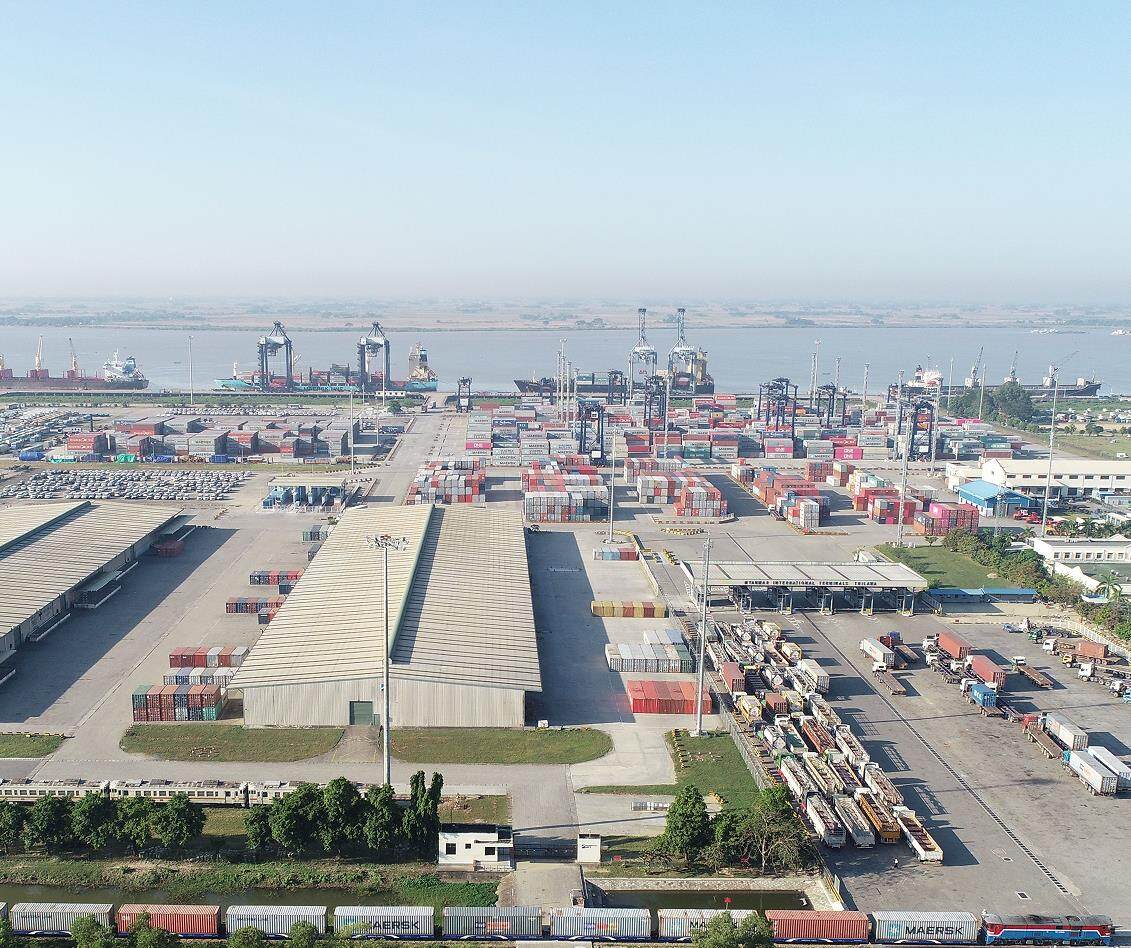
In 2021, Myanmar will start a new government for a five-year ruling period. Standing at a new starting point in history, China will accelerate the establishment of a new development pattern of dual cycles, and share development dividends with all countries in the world, especially neighboring countries. As the artery of the country, the railway will promote the development of Myanmar. The Dali-Ruili section of the railway in Yunnan Province in China is expected to be completed and opened to traffic by the end of 2023, directly reaching the China-Myanmar border. The China-Myanmar railway connection and the railway construction in Myanmar will make Myanmar more closely connected with the vast Eurasian continent.
The China-Myanmar 1,000-kilometer railway project is on the negotiating table again
In early 2023, the Myanmar government said it was negotiating to restart the 1,215-kilometer national railway between China's Yunnan province and the Bay of Bengal. The project, one of the most important in the Belt and Road Initiative, will establish the China-Myanmar Economic Corridor, which includes pipelines, highways, border trade zones, deep-water ports and special economic zones.
A senior official of the Myanmar State Railway Company said: "A Chinese company is continuing to advance the progress of the Muse-Kyaukpyu railway project in the country. A special economic zone and a deep-sea port planned in Kyaukpyu Town.” The project is jointly developed by the China Railway Second Academy, Myanmar Transport and the Myanmar State Railway Company under the Ministry of Communications of Myanmar. The line is divided into two sections: Muse-Mandalay and Mandalay-Kyaukpyu. The line connects to the Chinese railway network through Ruili in the north, which will greatly invigorate various economic activities such as tourism, commerce and logistics between Myanmar and China, and stimulate the growth of Myanmar's export trade to China; it connects to the existing meter-gauge in Myanmar through Mandalay and Kyaukpyu in the south The railway network reaches all of Myanmar and its ports, creating the China-Myanmar Economic Corridor, the trade relationship between the two countries, and the raw materials and commodities China exports to Myanmar. These commodities can be trans-shipped to other countries through Chinese ports. Greatly reduce the cost of transporting goods, thereby improving transport efficiency. Through the China-Myanmar Economic Corridor, China and Myanmar can reduce tariffs and enjoy other tax incentives. Trade between the two countries will increase significantly, thereby promoting economic growth between the two parties. The railway project from Kunming, Yunnan, China to the Kyaukpyu port in Myanmar will lay a solid foundation for the construction of the China-Myanmar Economic Corridor.Editor/XingWentao
Comment
 Praise
Praise
 Collect
Collect
 Comment
Comment
 Search
Search


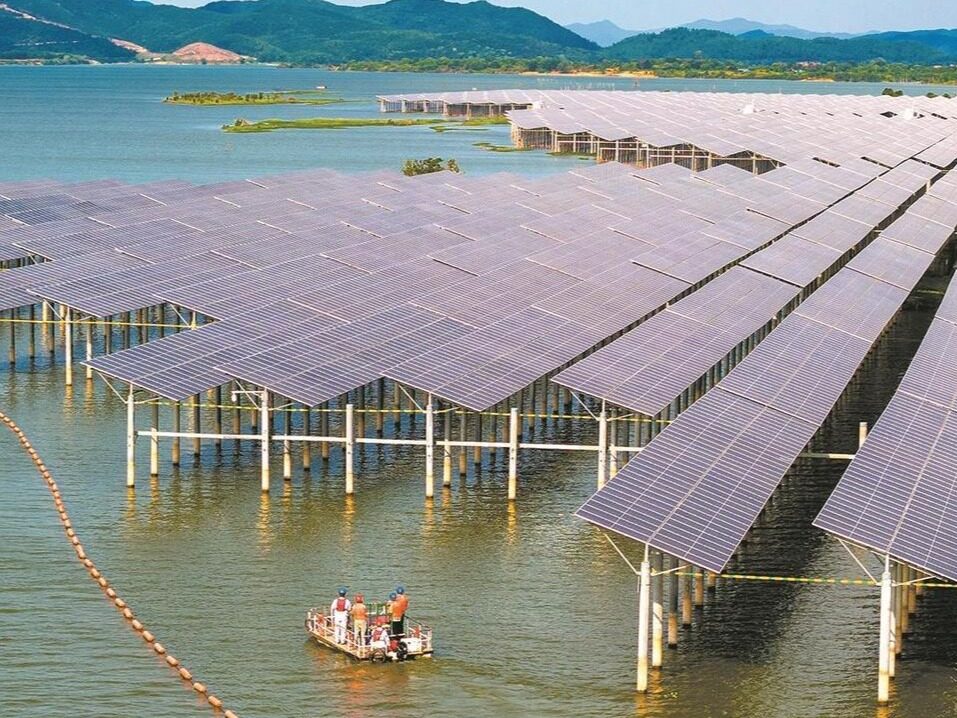
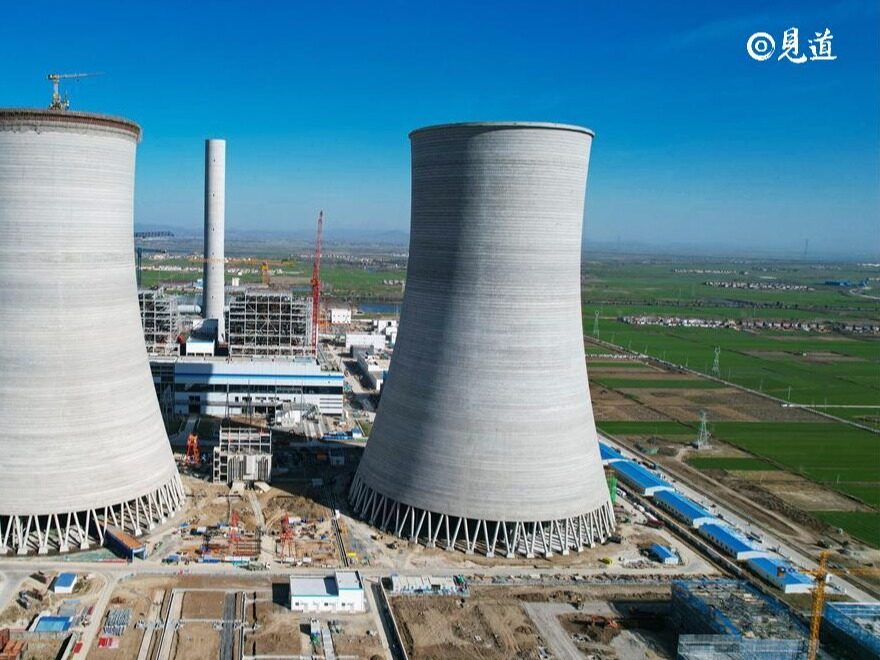
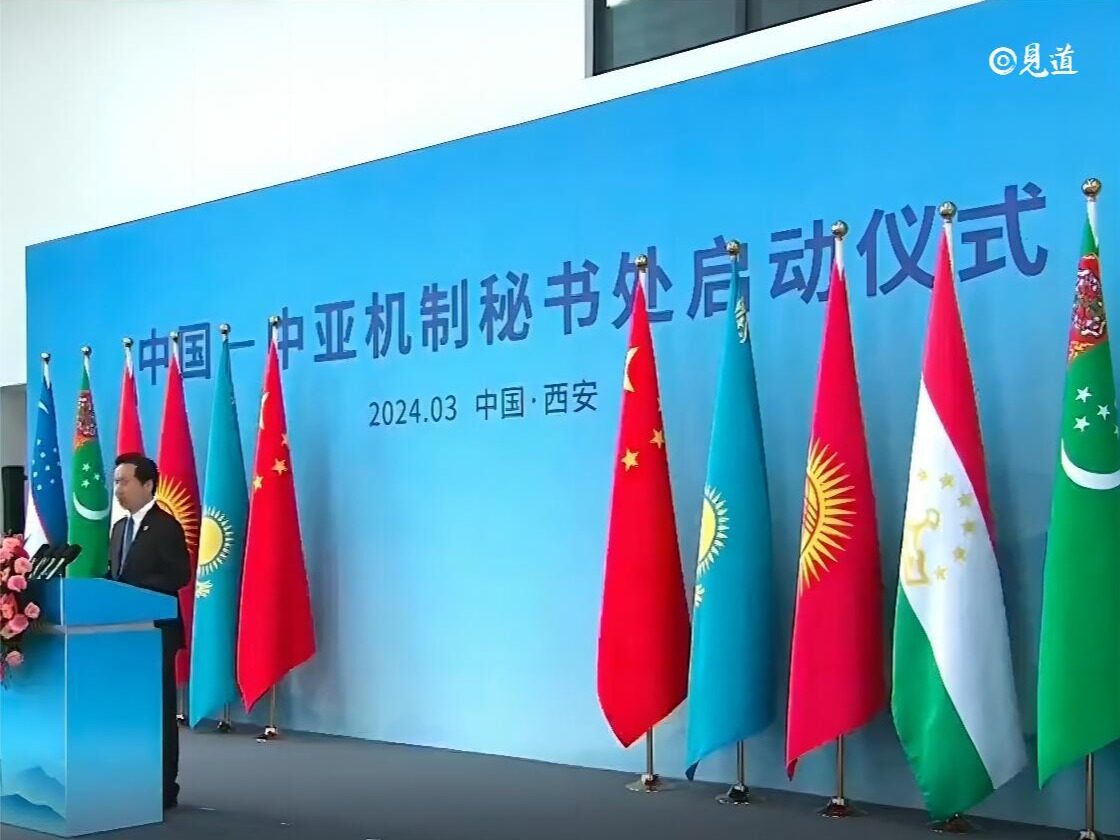
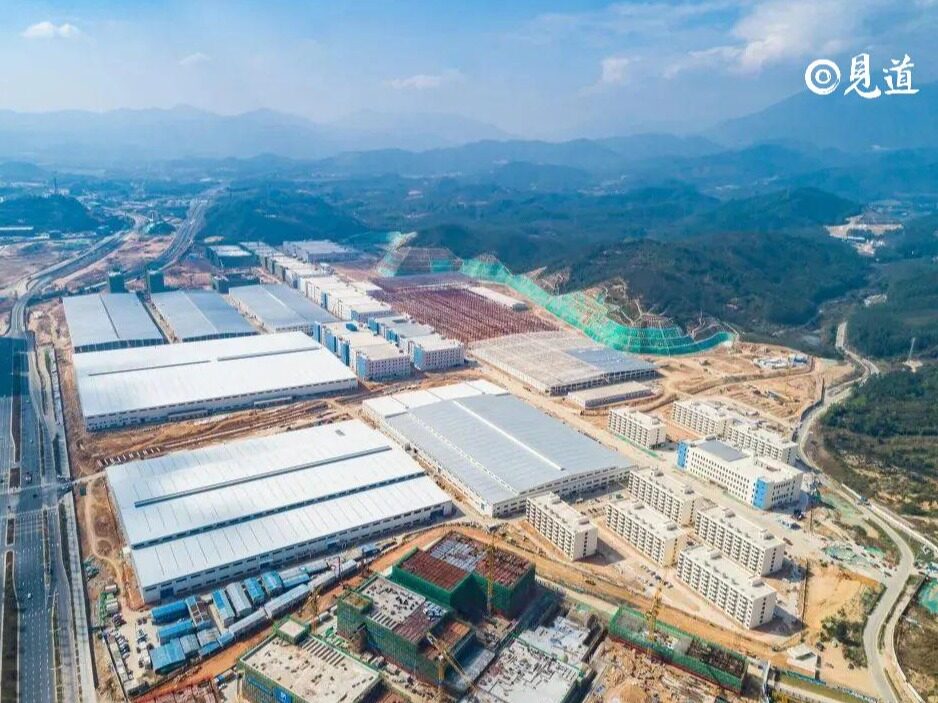
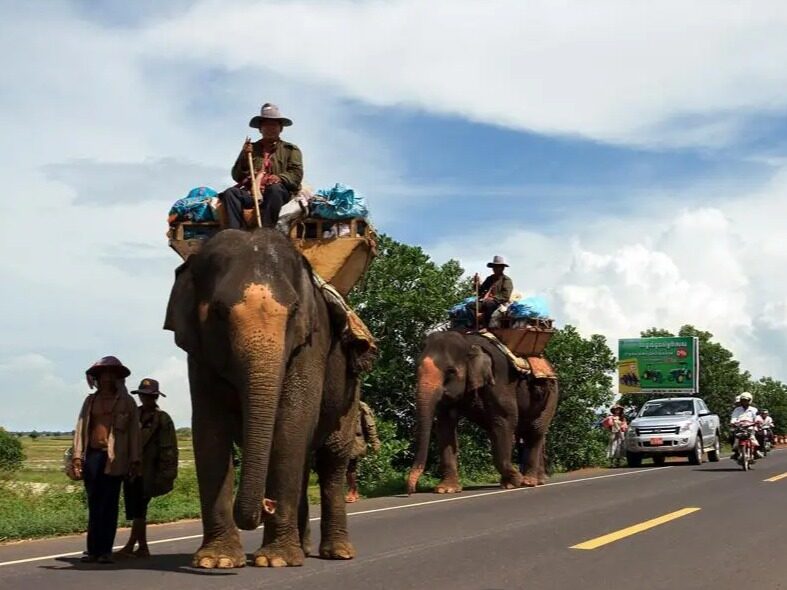
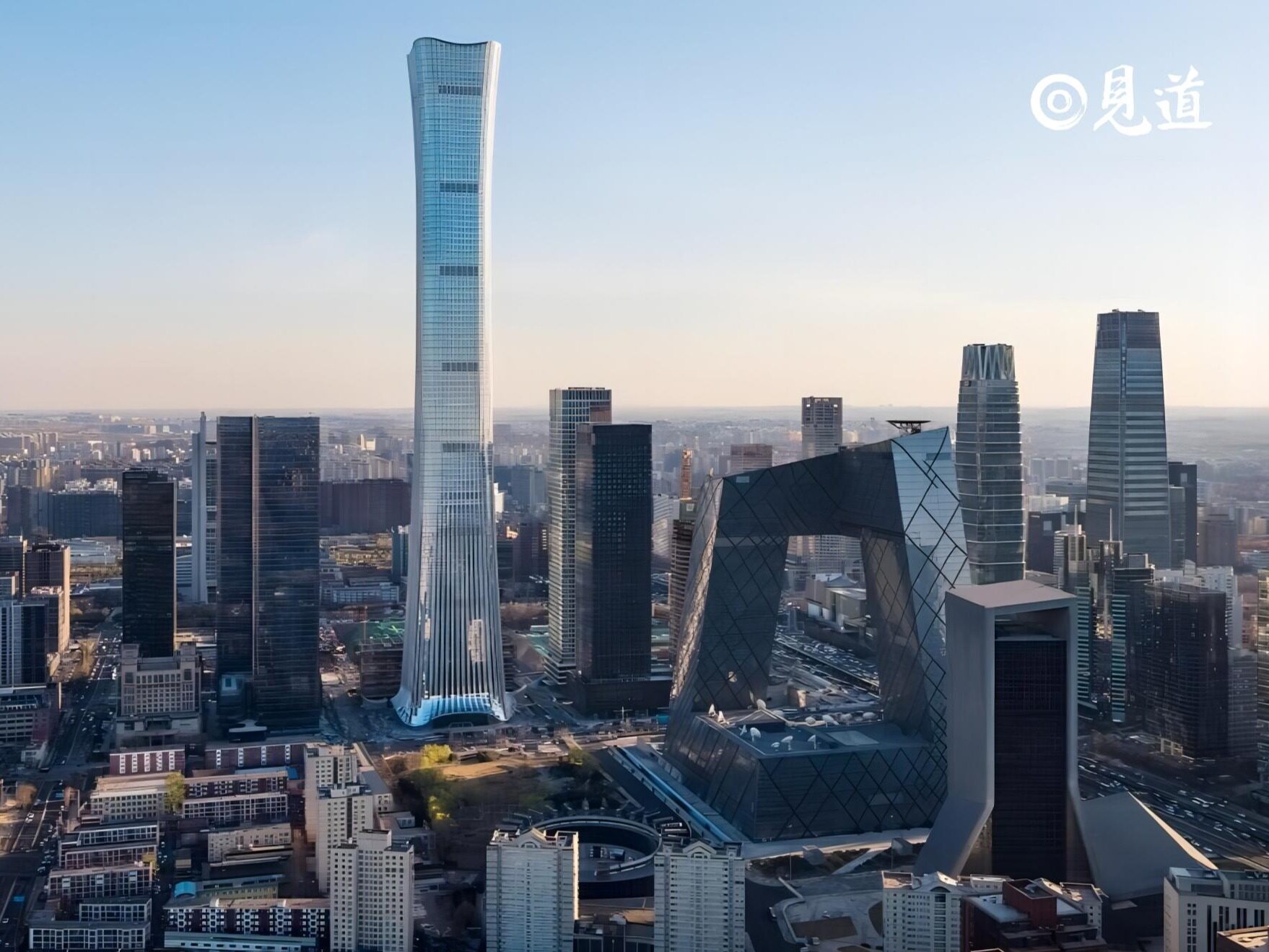






Write something~